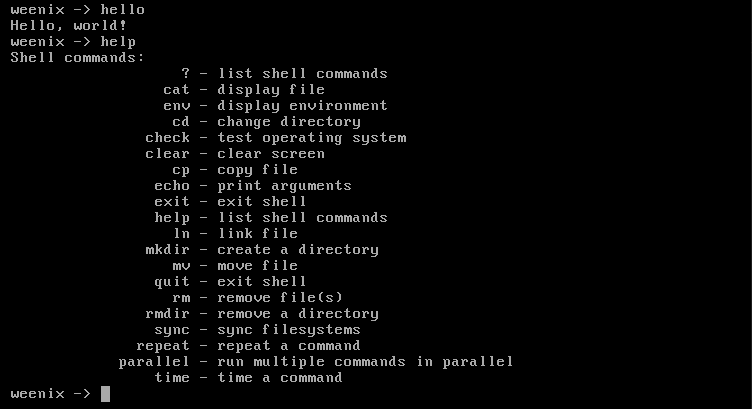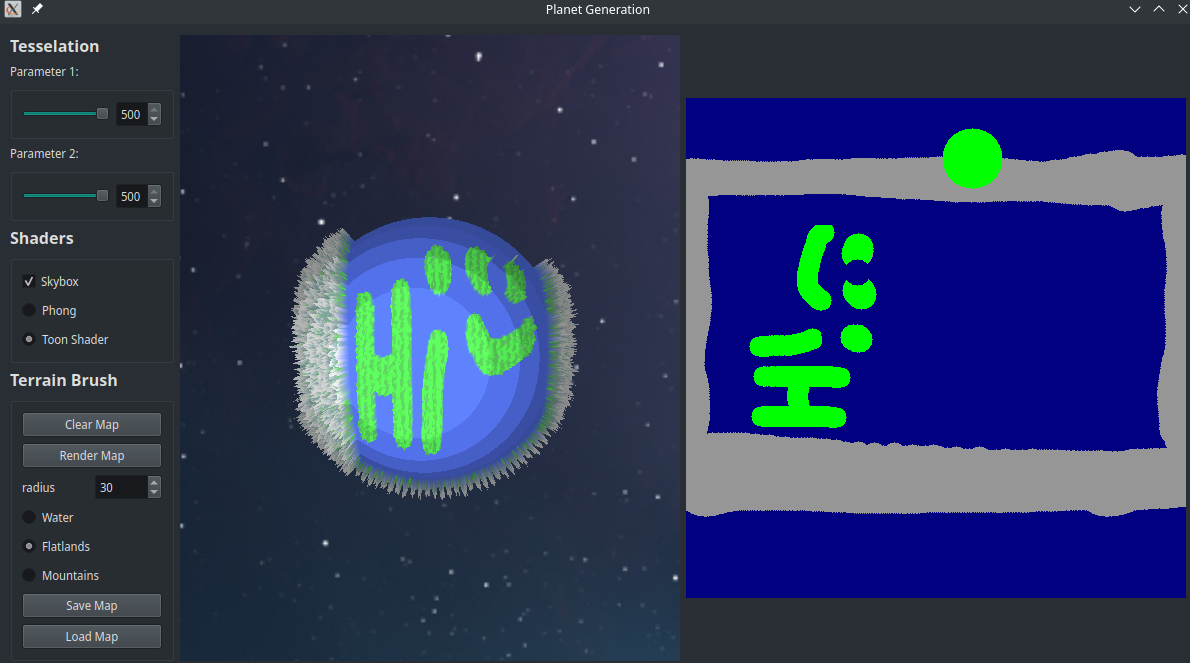About

beep boop :D, I'm Austin
I love all things computers, whether it be systems, linux, graphics, or video games!
My passion when programming is working in lower level languages working on cool computer systems: previously, I've worked on operating systems, computer networks, and some fun computer graphics projects.
I'm currently a Junior at Brown University pursuing a Sc.B in Computer Science. Outside of computers, you can find me reading or cooking some (hopefully) delicious food.
Programming Languages:
- Proficient: C/C++
- Intermediate: Java, Go, Typescript + React, Python, ARM/x86 Assembly
- Proficient: Linux, Git
- Intermediate: Bash, G Suite, Wireshark




